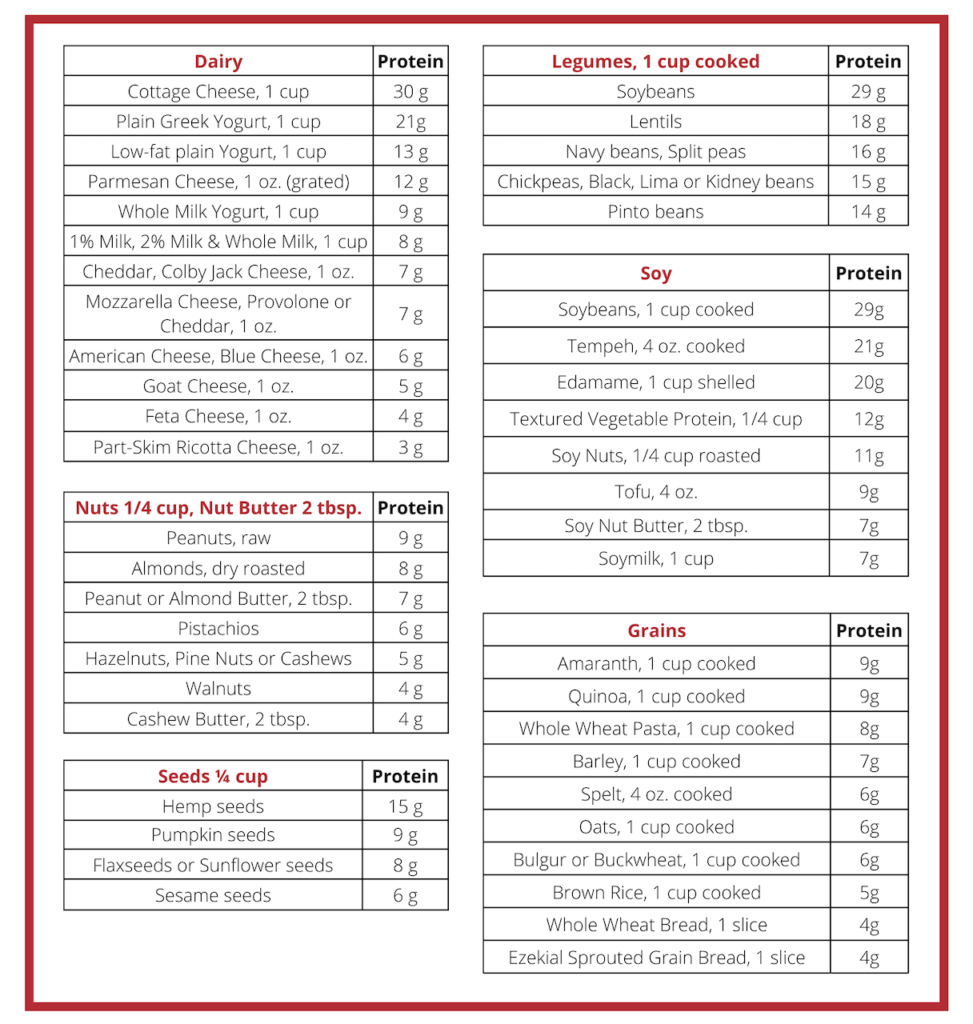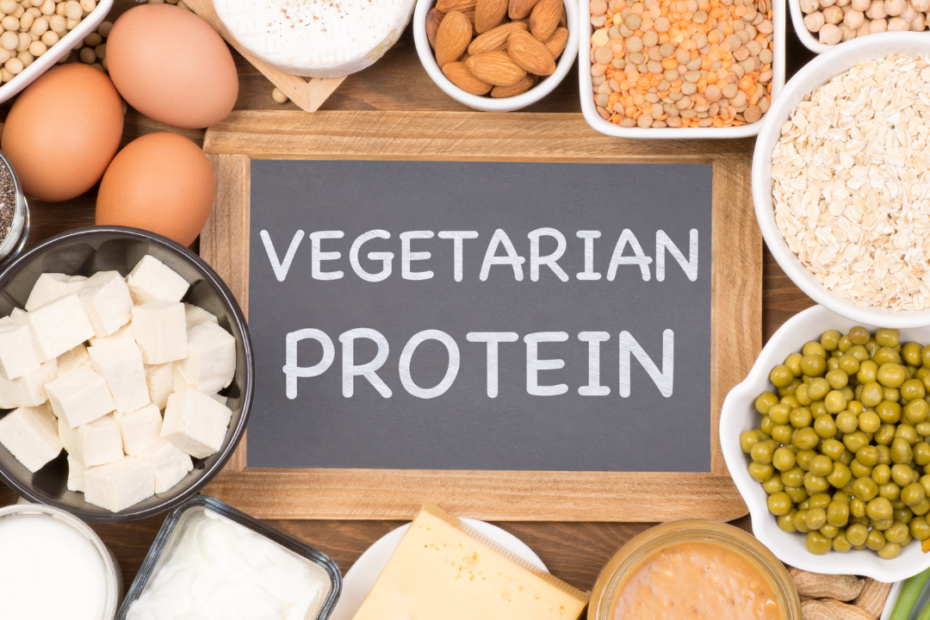Protein is an essential macronutrient that is part of every cell in the body. It is the building block of muscle, bone, hair, skin, cartilage and blood. The human body uses protein to make enzymes that power chemical reactions and to make hemoglobin that carries oxygen in blood. Protein helps to build and repair tissues and it can help support weight loss efforts because it helps promote the feeling of fullness.
Because of all its important functions, many people are under the assumption that they need to pack their diet with protein. In fact, one of the most frequent questions I hear from my clients is, “Am I getting enough protein?” Eating a varied diet, whether a carnivore or a vegan, it’s easy to meet your protein needs because protein is found in a variety of foods beyond animal products. But exactly how many grams does one need a day?
The recommended dietary allowance (RDA) for protein is just over 7 grams per 20 pounds of body weight. Using this recommendation, a 160 pound person would need 56 grams of protein each day, and a 200 pound person would require 70 grams of protein each day. (If you are recovering from injury or an elite athlete, your protein needs would be increased based on additional factors).
The type of protein we eat can play an important factor in overall health and wellbeing. While most people are aware that beef, poultry and fish are all a good source of protein, there are other forms of animal based protein that can be problematic. Processed meats like sausages, hot dogs and deli meat have been linked to an increased risk of cardiovascular disease and type 2 diabetes. In addition, protein eaten in excess can make the kidney’s work harder and cause the body to excrete calcium in the urine, which can lead to osteoporosis, therefore it’s best to stay within the recommended guidelines.
To meet the RDA for protein, choose a variety of foods every day and you can be certain to hit your mark. The following is a list of foods, sorted by group to help expand your choices.

If you’d like more information on how to determine your individual protein needs or how to include the different types of proteins in your diet, contact the dietitians at nutrition@waverleyoaks.com.
Content submitted by Janyce Gately MS, RD, LDN, CHC
